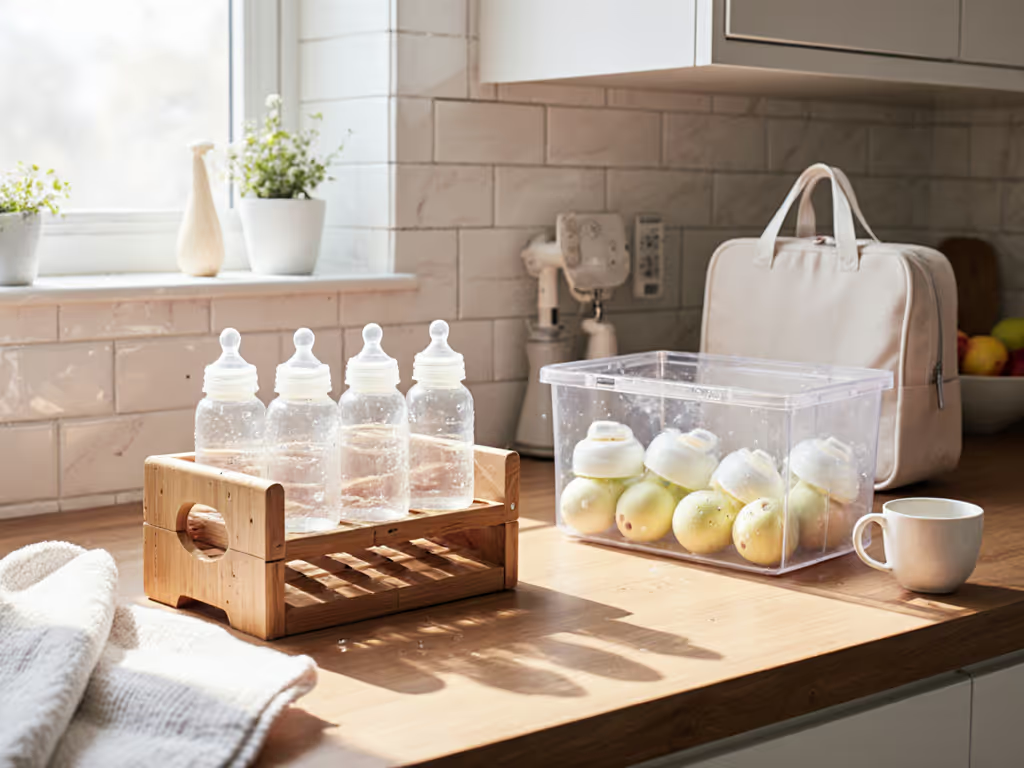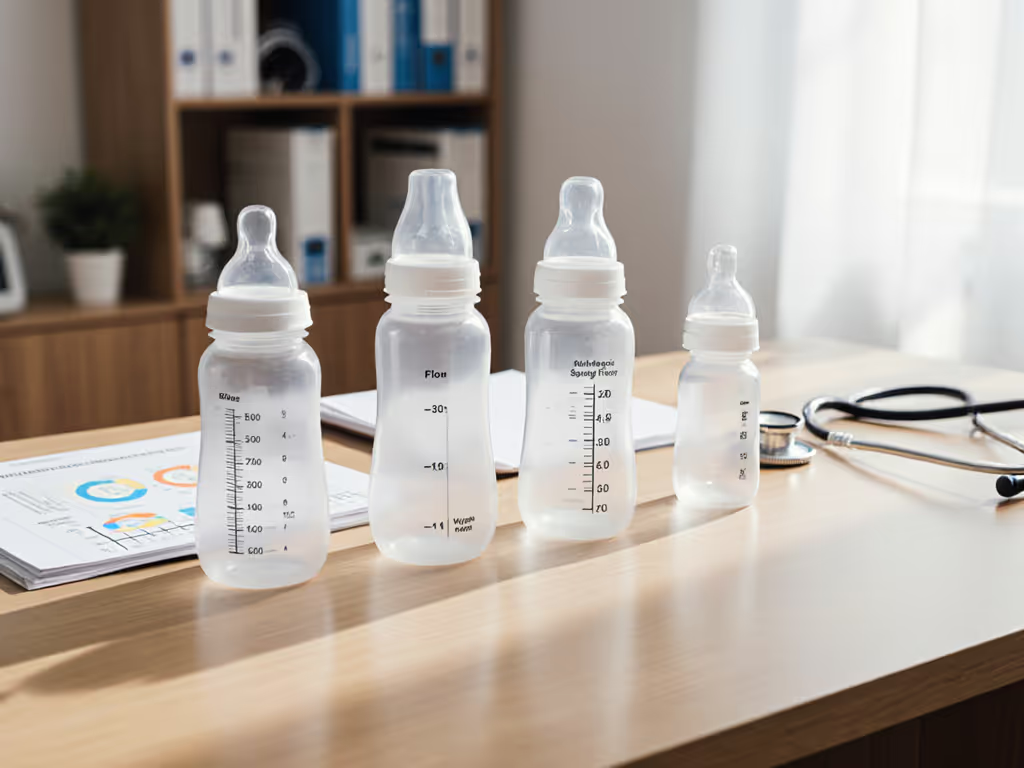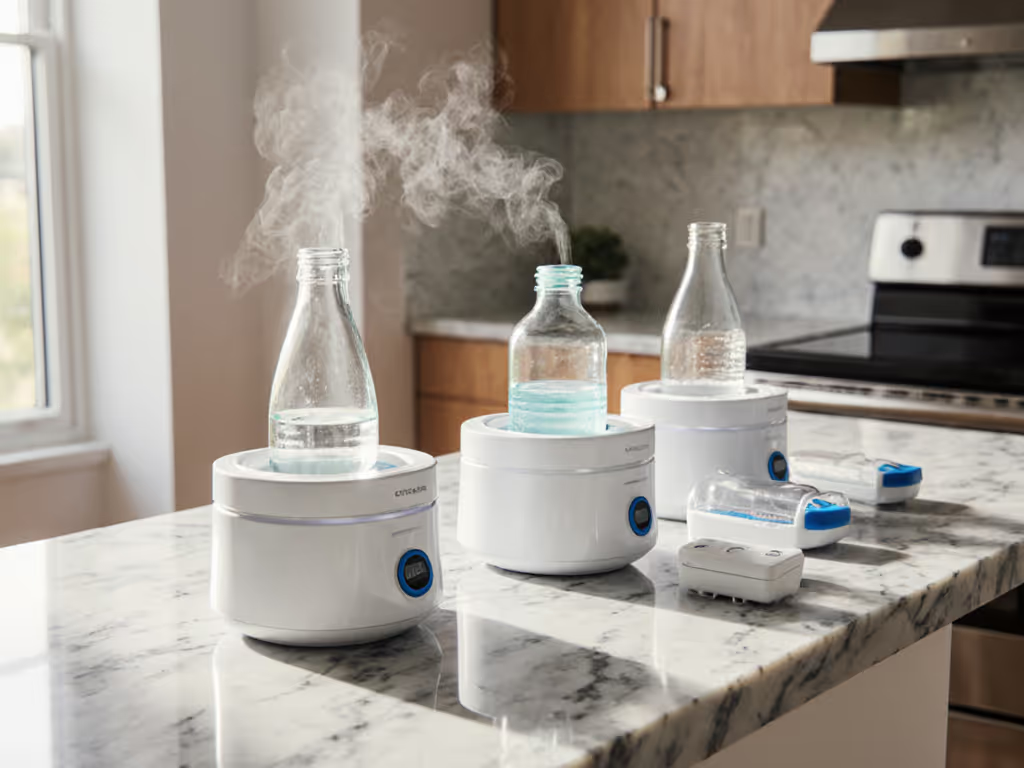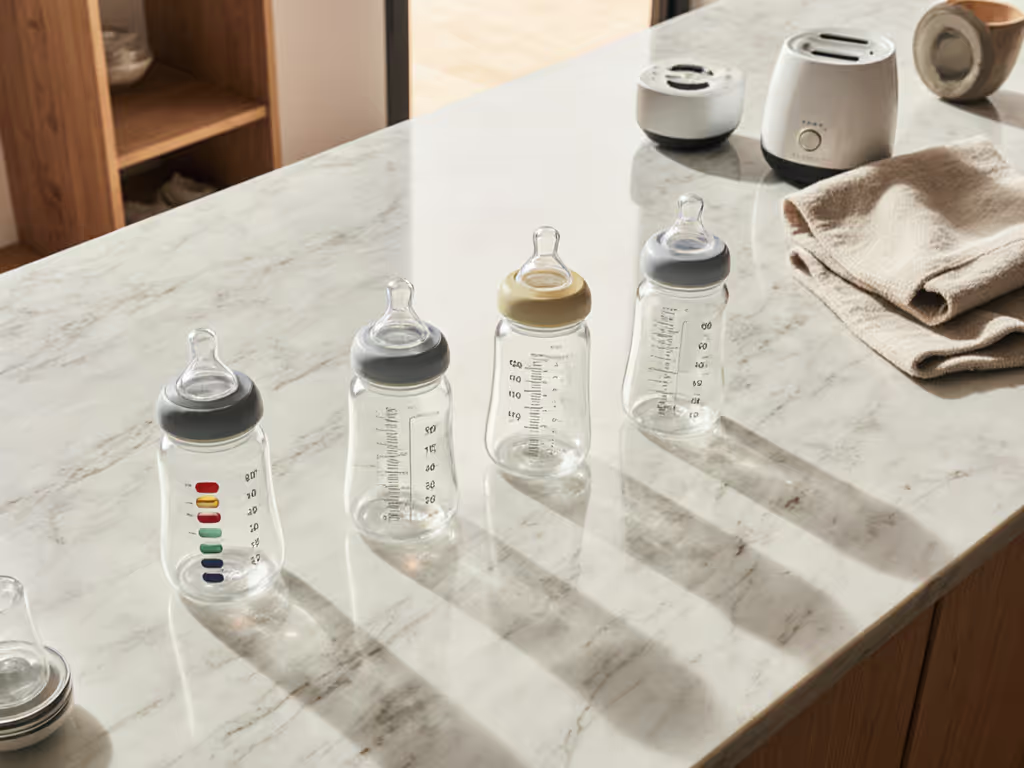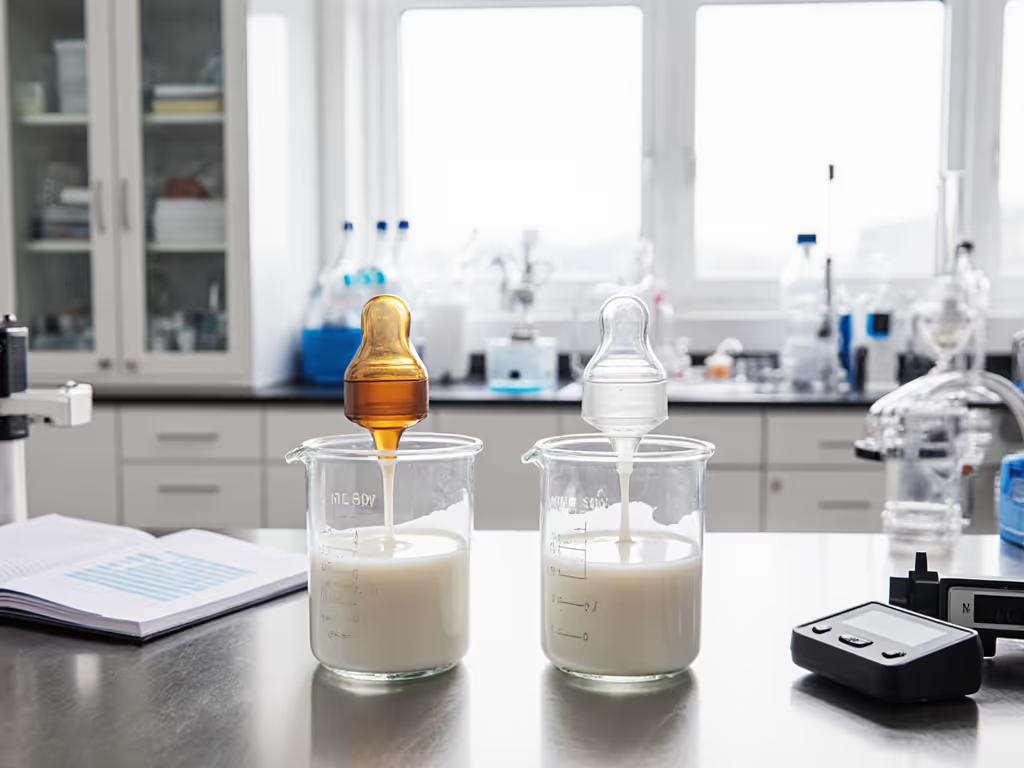
Design & Feature Comparisons
Side-by-side analyses of materials, shapes, neck sizes, and venting systems to understand performance trade-offs and pick the right design.
Explore Other Topics
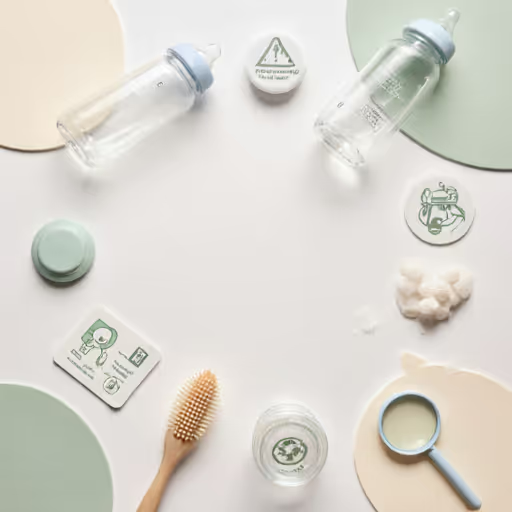
Bottle Basics, Safety & Care
Foundational guidance on materials and safety (BPA, phthalates), cleaning/sterilization, nipple flow and stages, and overall bottle-care best practices.
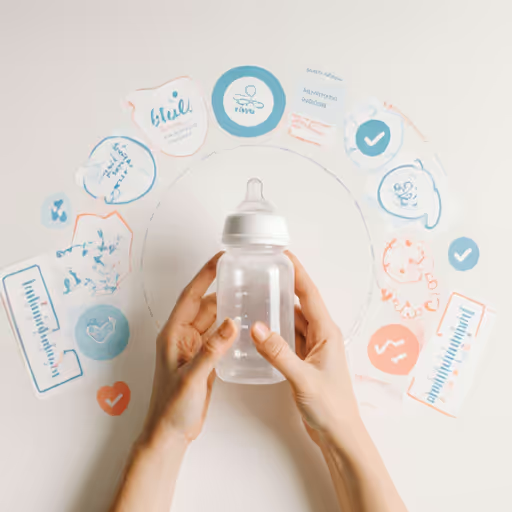
Feeding Techniques & Troubleshooting
Step-by-step techniques and expert tips to introduce bottles and resolve common feeding challenges like refusal, gas, and flow issues.

Budget & Value Guides
Price-focused roundups and frameworks that help parents save without sacrificing safety or functionality.
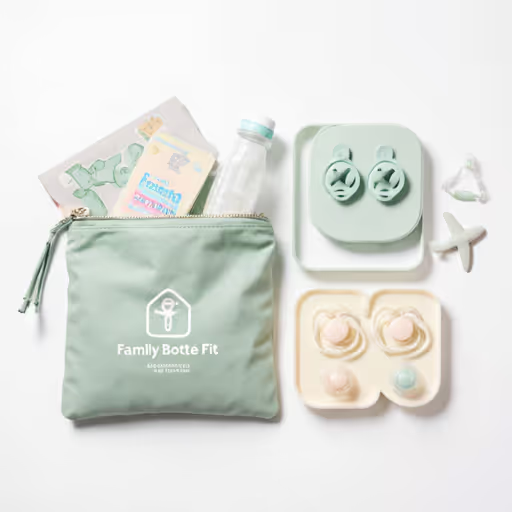
Special Use-Case Buying Guides
Recommendations tailored to specific scenarios such as travel, twins/multiples, and premature infants.

